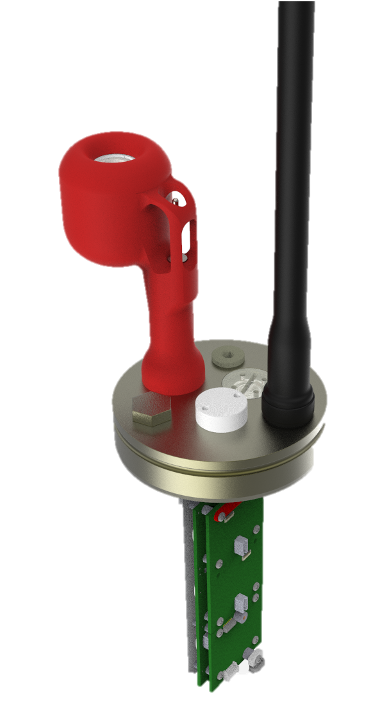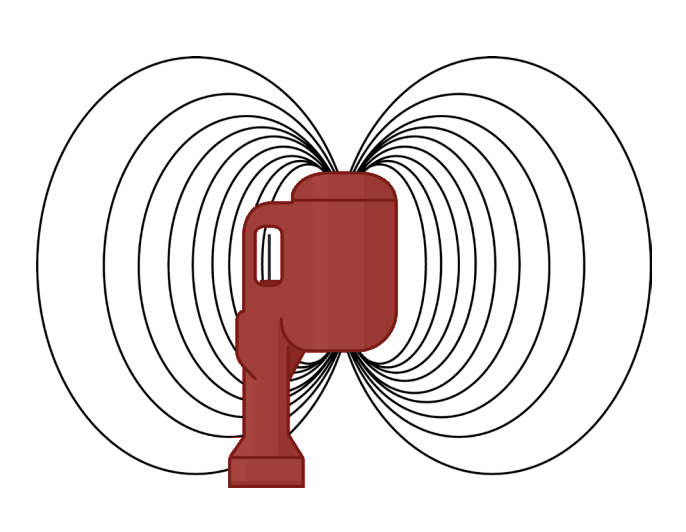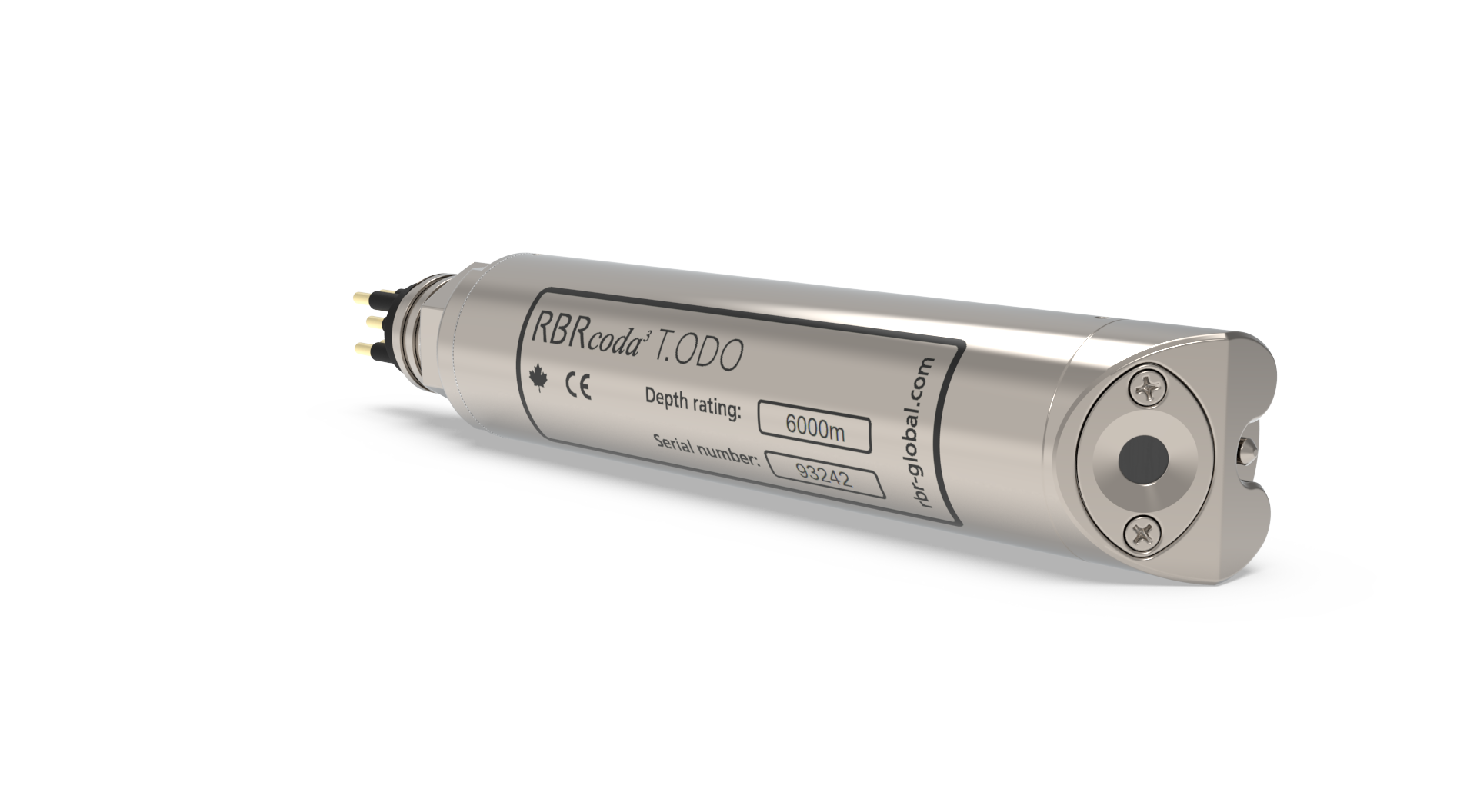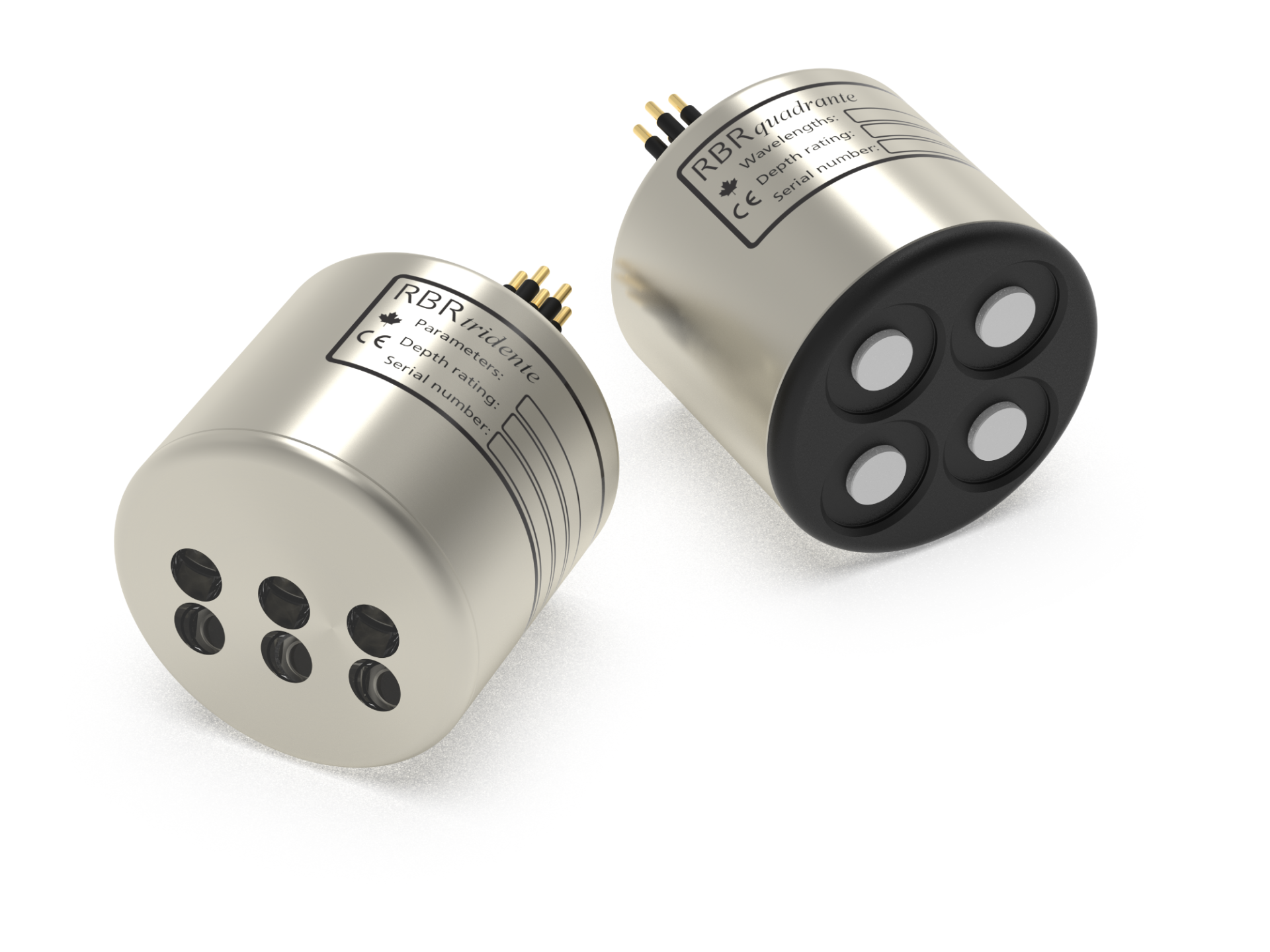
The Argo program is the largest ocean climate monitoring system in the world, providing continuous observations of key ocean parameters through a global array of autonomous profiling floats. In 2018, RBR joined the program’s pilot project to diversify the floats’ CTD sensor technology, which is crucial to avoiding single points of failure. RBR introduced the RBRargo3 C.T.D as a low-power, high-accuracy alternative that is robust and reliable even in freezing conditions. After three years of intensive testing and validation in collaboration with the Argo community, the data returned by the RBRargo3 C.T.D were assigned a QC-1 flag, indicating that the RBRargo3 C.T.D is a trusted CTD for the Core Argo program. All major Argo float manufacturers now offer RBR sensors on their platforms.
The Argo program provides a window into the ocean
The main goal of the Argo program is to better understand how the ocean affects the global climate. Data collected from Argo floats help constrain uncertainties in ocean models, give researchers a better understanding of the current state of the oceans, and inform predictions of what will likely happen in the future. For example, the program has significantly contributed to improved projections of sea level rise and better tracking of global rainfall patterns, both of which are strong indicators of climate change.
Approximately 1.1m tall, Argo floats drift along ocean currents, moving up and down the water column in a pre-determined, continuous sampling pattern. Every 10 days, the floats sink to their maximum profiling depth, usually either 2000dbar or 6000dbar, before rising all the way to the surface and transmitting the collected data to dedicated data centres via satellite. Led by teams of scientists and data experts from 30 partner countries, the program works with the JASON earth observing satellites, which also provide precise global sea level observations.
Autonomous Argo floats are generally more cost effective and robust than ship-based CTD profiles, for example. The floats are expected to profile continuously for at least five years, collecting about 200 cycles worth of data before their batteries are exhausted. Some floats can last up to 10 years. However, their lifespan is greatly dependent on the instrument suite they carry.
Currently, Argo has three active profiling missions. The Core Argo fleet tracks physical properties, namely conductivity, temperature, and depth, in the mid-to-surface layer of the ocean, profiling to 2000dbar. A recent addition to the program, the Deep Argo fleet covers the same parameters, but up to a depth of 6000dbar. Finally, the BGC Argo fleet extends the program to include floats equipped with biogeochemical sensors, tracking pH, oxygen, nitrate, chlorophyll, backscatter, and downwelling irradiance. There has also been a push for greater coverage in ice-covered areas such as the global polar regions.
Quality control flags help users decide which data to use
Across all deployed floats, Argo collects approximately 400 profiles a day. A system of Quality Control (QC) flags, outlined in the Argo quality control manual, indicate the quality of the observations. Data transmitted from floats are passed through automated QC procedures (real-time data, typically available within 12h) and validated by Argo’s principal investigators (delayed data, typically available within 12 months). The highest quality data are flagged QC-1, indicating that the data passed all Argo QC tests (for real-time data) and that no adjustments are needed (for delayed data). These data are ready to use. In contrast, QC-2 is labelled as “probably good data.” Argo recommends caution when using QC-2 data. All data are freely and openly available through Argo’s data page.
Data from RBRargo3 C.T.D are given QC-1 flag for Core Argo

RBR instruments are known for providing high-accuracy measurements using very little power. For a standard Argo profile to 2000dbar, the RBRargo3 C.T.D consumes only 490J, a factor of ten less than other common Argo float CTDs. Much of this improvement can be attributed to the design of the RBR conductivity cell. Many common CTDs feature an electrode-based conductivity sensor, which requires a pump to actively circulate water past the electrodes. In contrast, all RBR CTDs are equipped with a naturally flushed, inductive conductivity cell. Short and wide, the cell’s low-aspect-ratio shape allows water to flow naturally through the cylindrical opening at its centre. Its streamlined design also carefully aligns temperature and conductivity measurements, assuring the highest quality for the derived salinity.
Low power consumption and surface measurements are possible with the inductive conductivity cell
The inductive conductivity cell operates according to Faraday’s law of induction. An AC signal, applied to a toroidal coil inside the cell, induces a current in the seawater at the cell’s centre. This current loops through the seawater to induce a current in a second internal toroidal coil. The received current in the second coil is proportional to the water’s resistance which is inversely proportional to its conductivity. Objects in the near field of the cell, such as antennas or other sensors, may affect the cell’s calibration and measurement accuracy, however, the effect is easily negated by calibrating the instruments with these objects present.

As opposed to electrode-based sensors, which require contact between the sensing electrodes and the water and are therefore highly susceptible to even microscopic amounts of fouling, the inductive conductivity cell is unaffected by trace amounts of contaminants such as surfactants and oils. RBR CTDs are therefore well-suited to measurements in near-surface waters, nominally within 20cm of the air-sea interface. These additional measurements allow for better flux estimates to inform ocean models, ultimately resulting in improved predictions of how the ocean interacts with the atmosphere. In addition, the inductive conductivity cell has proven its reliability in freezing conditions and other extreme measurement environments, retaining its calibration accuracy and withstanding shock and impact forces thanks to its robust construction.
The RBRargo3 C.T.D has been rigorously tested for both static and dynamic accuracy and found to be well within the industry-standard specifications for the Core Argo program. RBR conductivity measurements are calibrated to an accuracy of ±0.003mS/cm with a resolution of 0.001mS/cm, with temperature measurements accurate to ±0.002°C. The accuracy specifications for conductivity and temperature are valid over the range of 0 to 85mS/cm and -5 to 35°C, respectively. The RBRargo3 C.T.D has an accuracy of ±0.05% of the full-scale pressure.
Dynamic effects on conductivity, including dependence on profiling speed of the conductivity cell’s thermal inertia, have been characterised and corrected for; these treatments are explained in depth in Dever et al. (2022). The corrections are computed internally on the RBRargo3 C.T.D, and corrected data are streamed to the Argo float.
In addition, the RBRargo3 C.T.D acts as a sensor hub. It can control, communicate, and synchronise a large suite of both RBR and third-party sensors. This helps improve operational efficiency, simplifies integration, and offers enhanced flexibility in float sensor configuration.
RBR is developing biogeochemical sensors for BGC-Argo
RBR offers a suite of biogeochemical sensors suitable for integration on BGC-Argo floats. All sensors feature low power consumption and a small form factor, allowing floats to sample for longer with more sensors.
For example, with a standard accuracy of 8µmol/L but a power consumption of only 36mJ/sample, the RBRcoda3 T.ODO temperature and optical dissolved oxygen sensor’s power consumption is only 25% of that of a traditional optode. The sensor face is naturally flushed and can be mounted on the float such that it is suitable for in-air measurements, which is important for drift correction. It has demonstrated long-term stability and reliability and is one of the most popular RBR sensors.

Most recently, RBR released the RBRtridente three-channel fluorescence and backscatter sensor, capable of simultaneously measuring chlorophyll a, fluorescing dissolved organic matter (fDOM), and backscatter or turbidity. It is tolerant to full sunlight exposure thanks to synchronous detection and automatic gain control, extending Argo data to the surface waters. Similarly, the RBRquadrante four-channel radiometer supports measurements of four wavebands, with options including PAR, 413nm, 445nm, 475nm, 488nm, 508nm, 532nm, and 560nm. The RBRquadrante has an optimized cosine response and excellent low-light detection. Both sensors feature a high dynamic range and stream data via RS-232 output. The RBRquadrante sensor is rated to 2000dbar, and the RBRcoda3 T.ODO and RBRtridente sensors are rated to 6000dbar.

RBR offers both comprehensive customer service and engineering support for instruments and sensors integrated into Argo floats, building on 50 years of experience in designing and manufacturing research-grade instrumentation. RBR sensors are offered by all major float manufacturers and have been deployed in all oceans by major oceanographic institutions worldwide. Please contact RBR at info@rbr-global.com for more information.
This article was previously published in the Maritime Technology Reporter February 2023 issue.